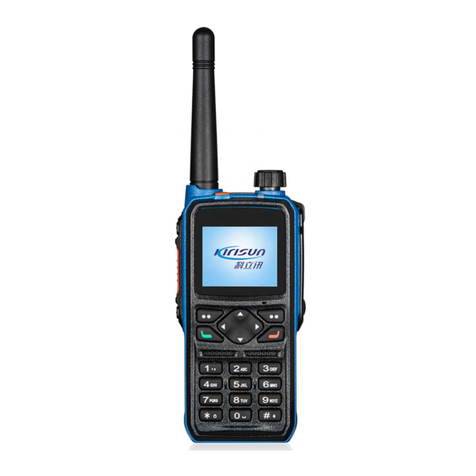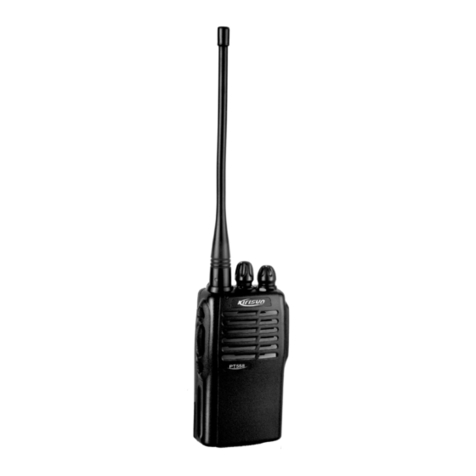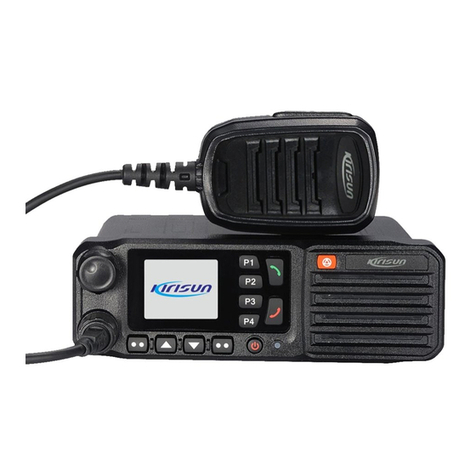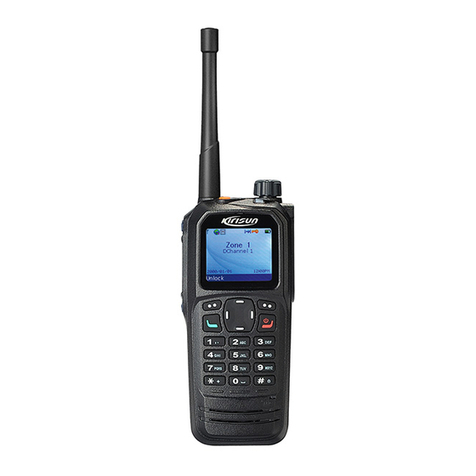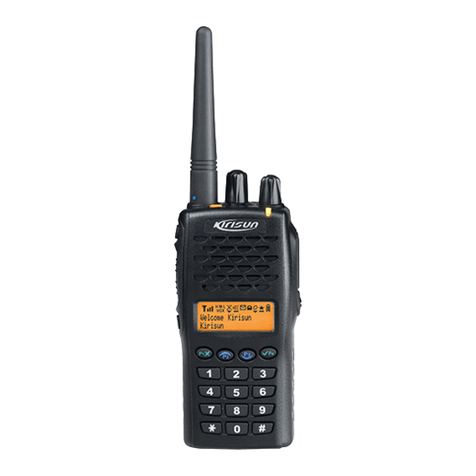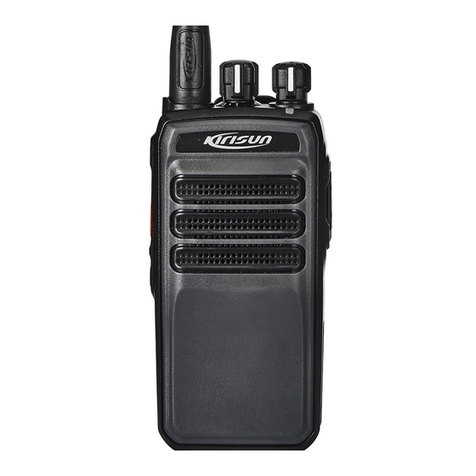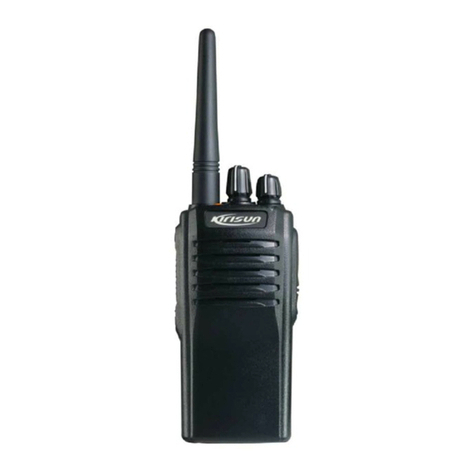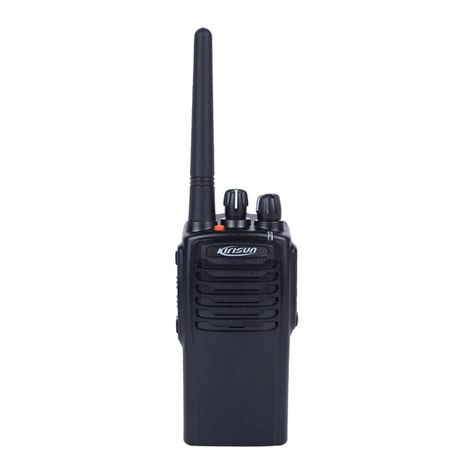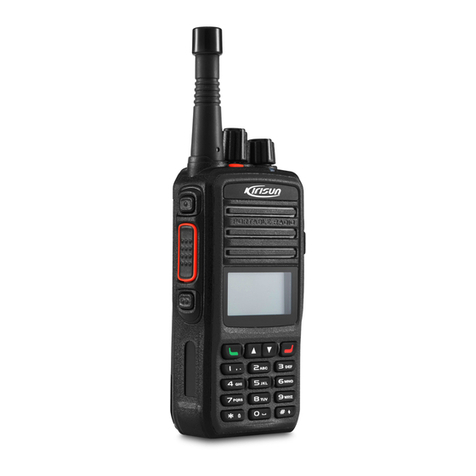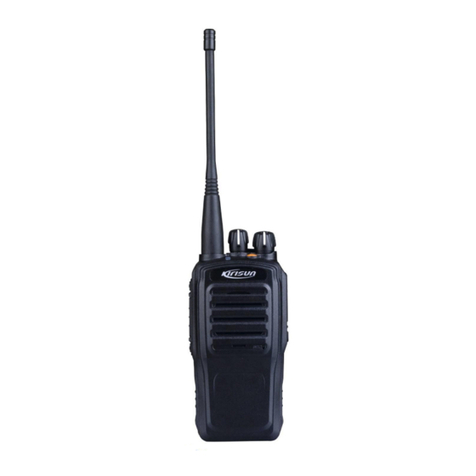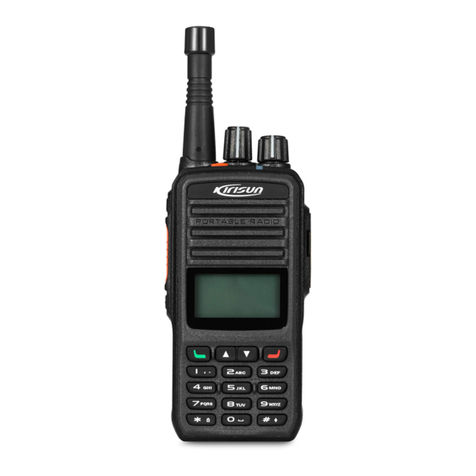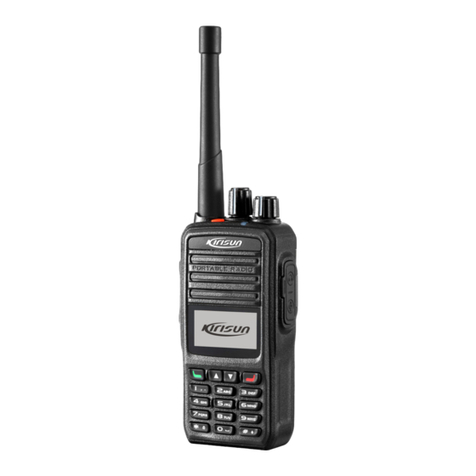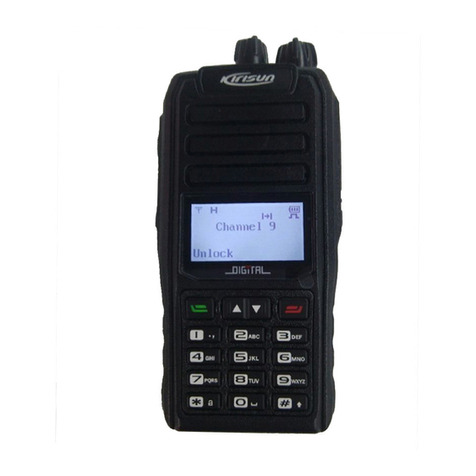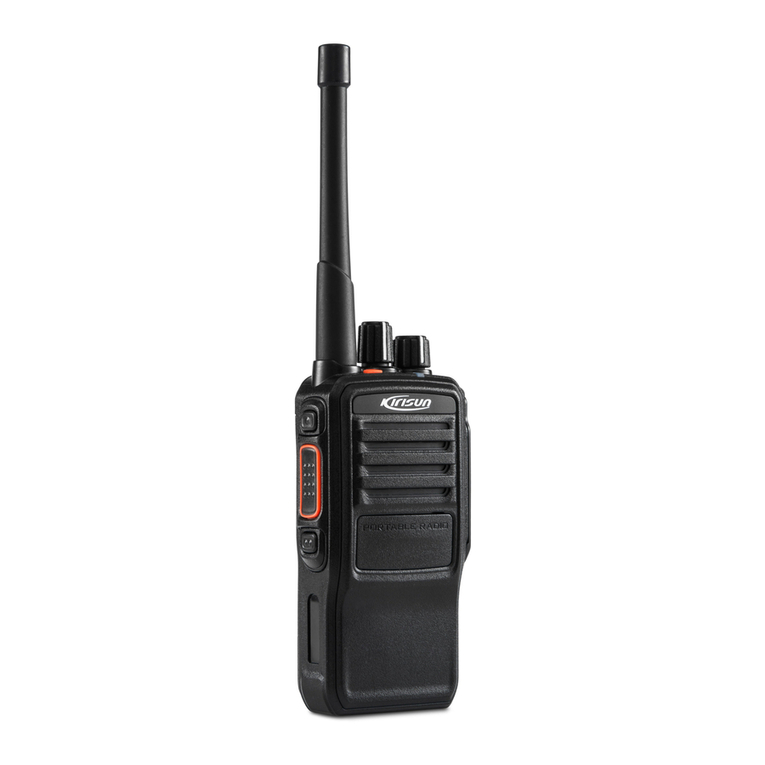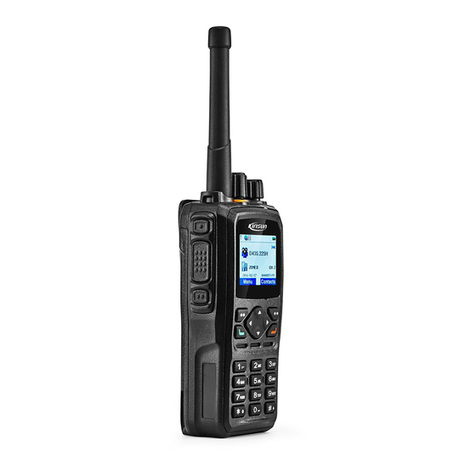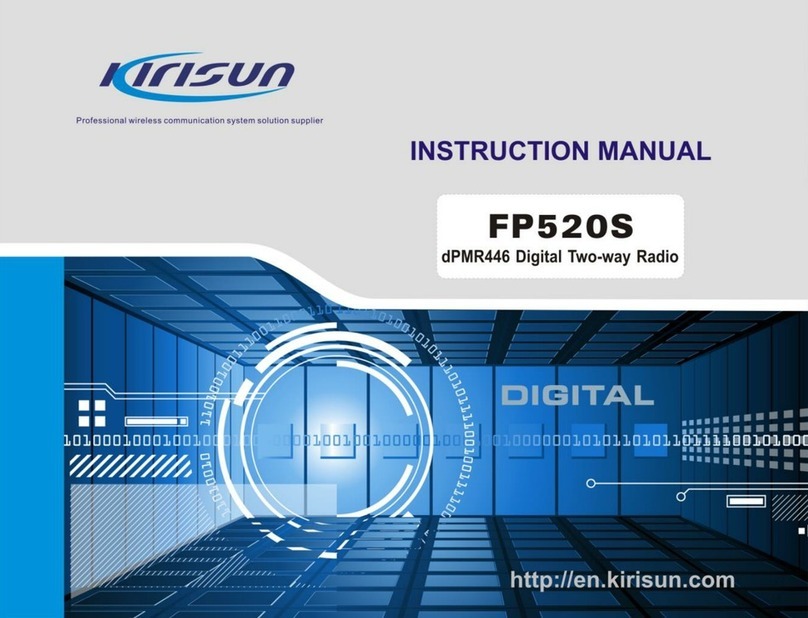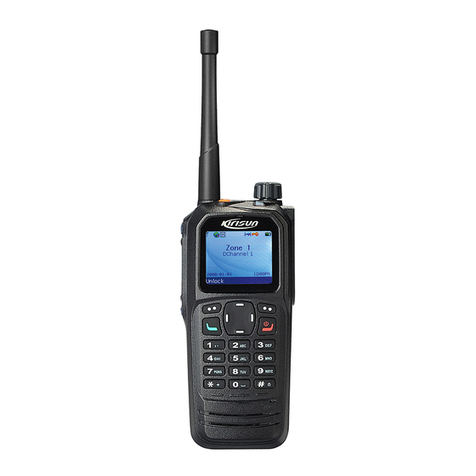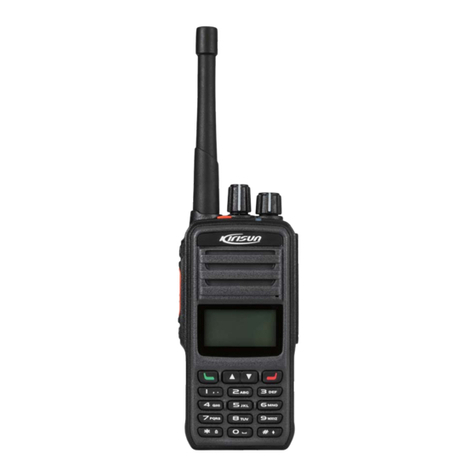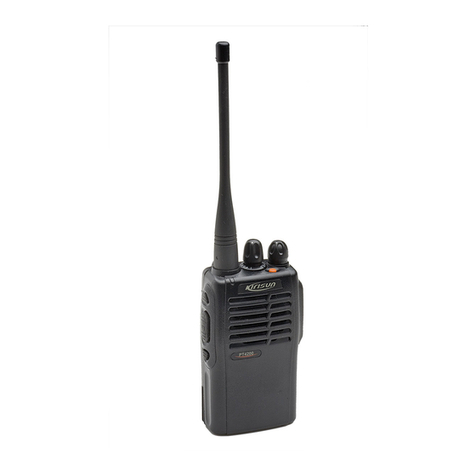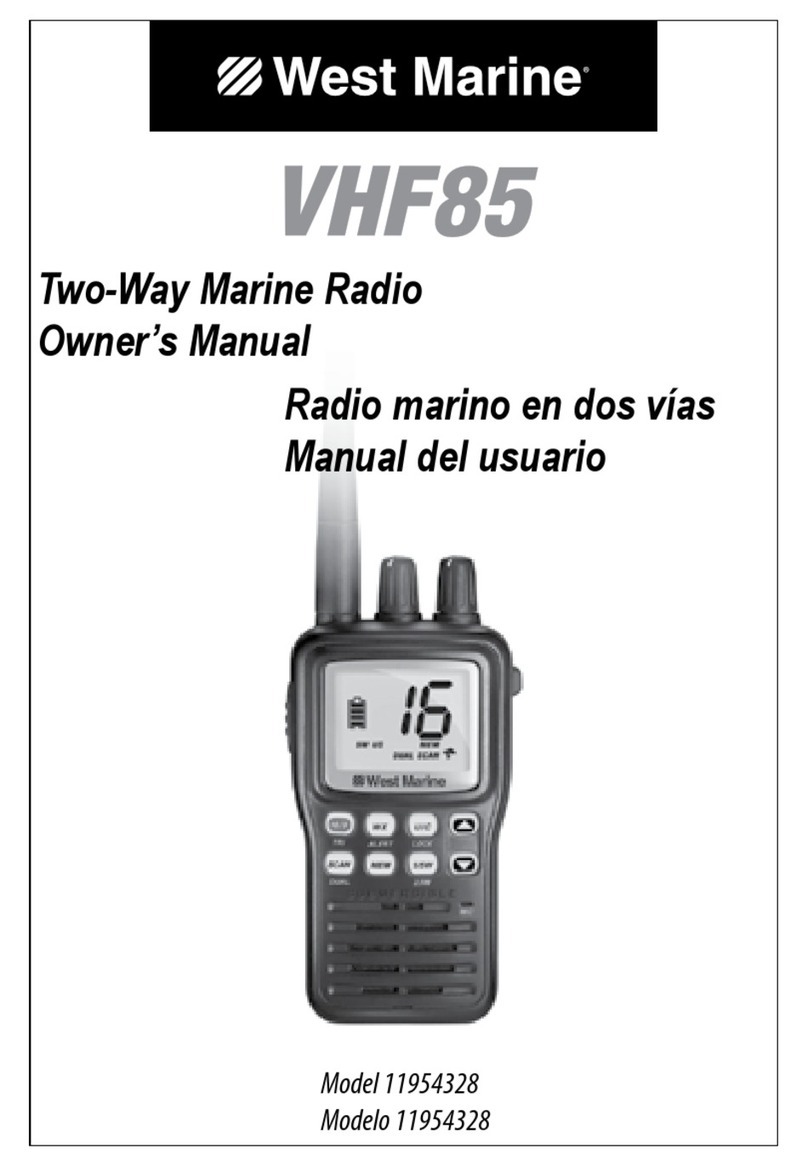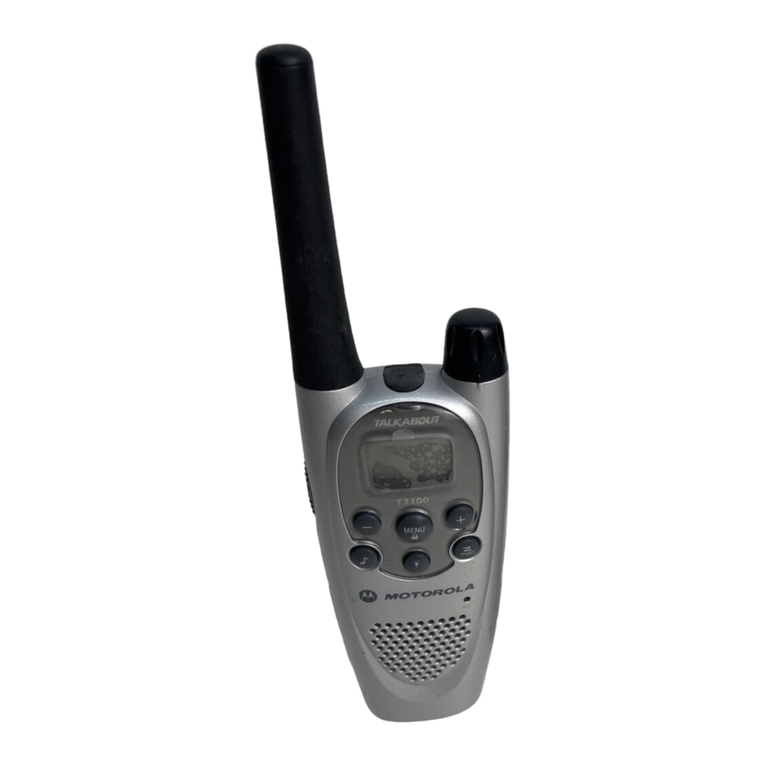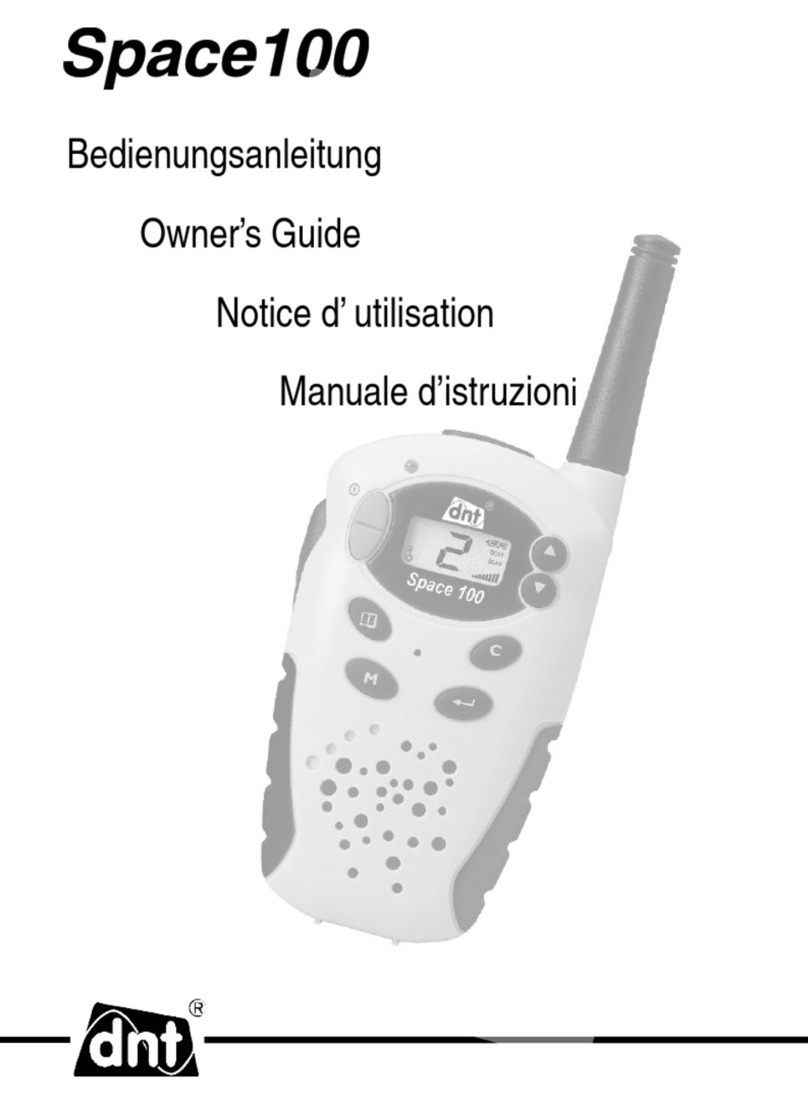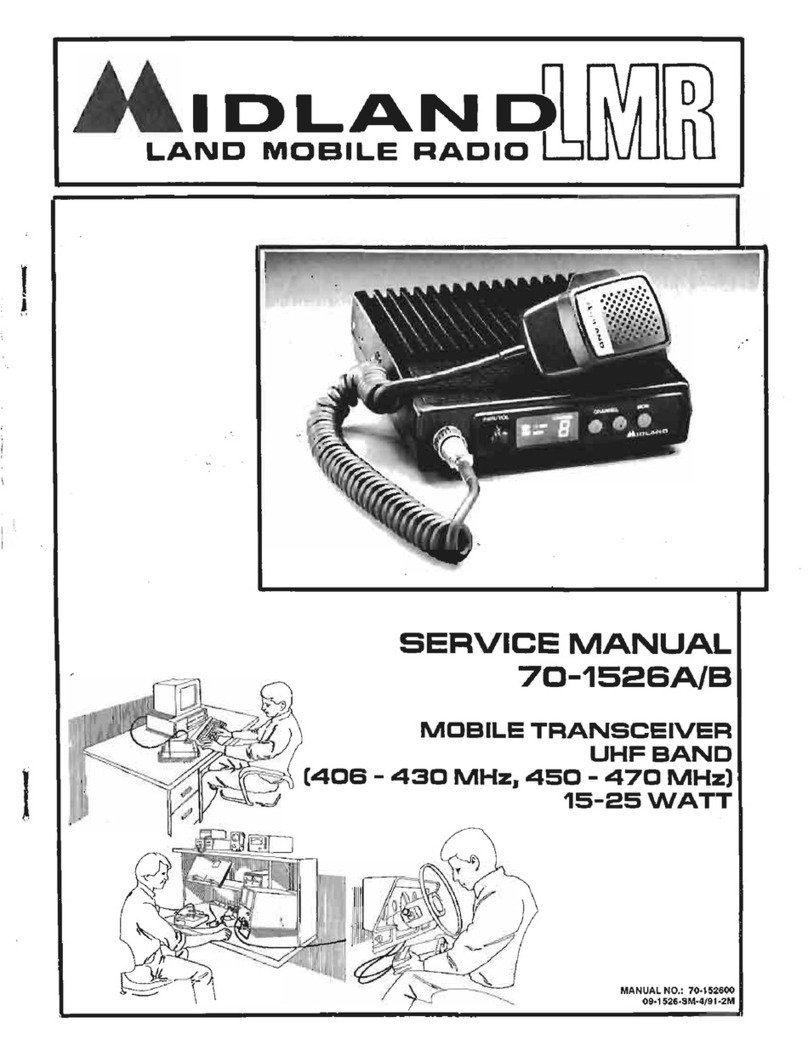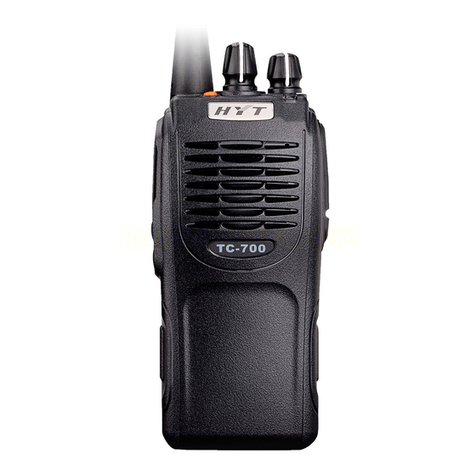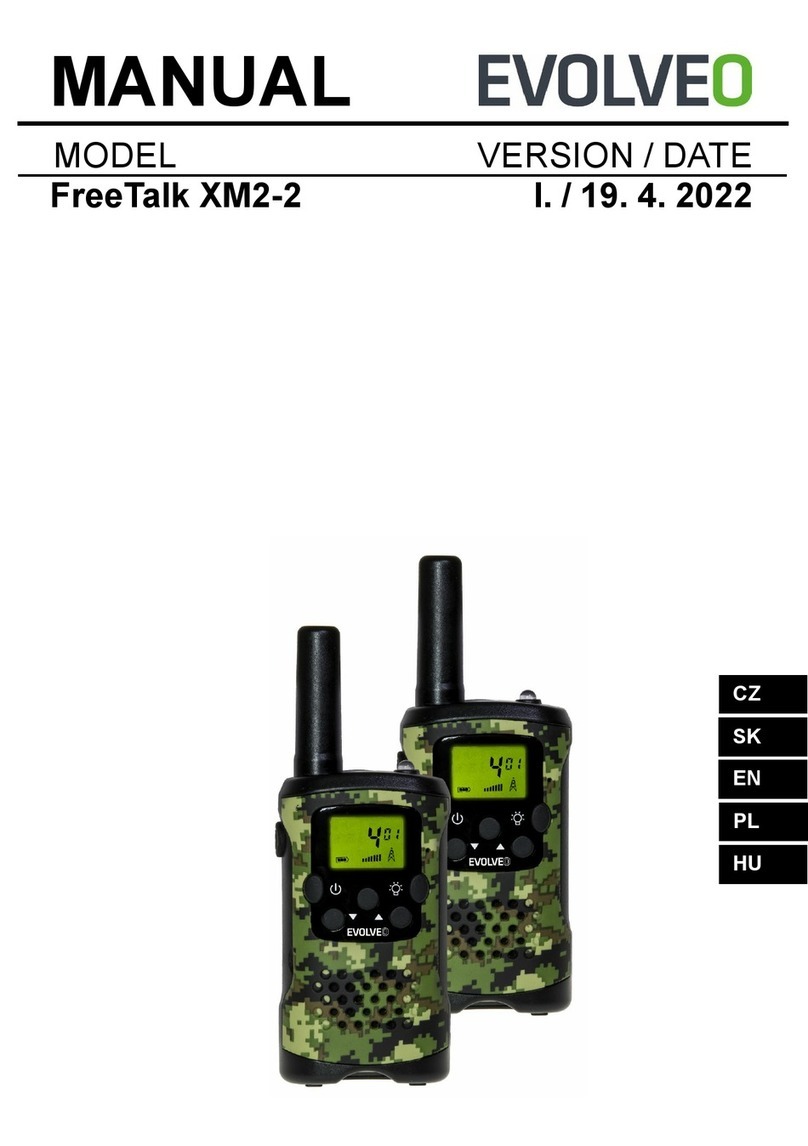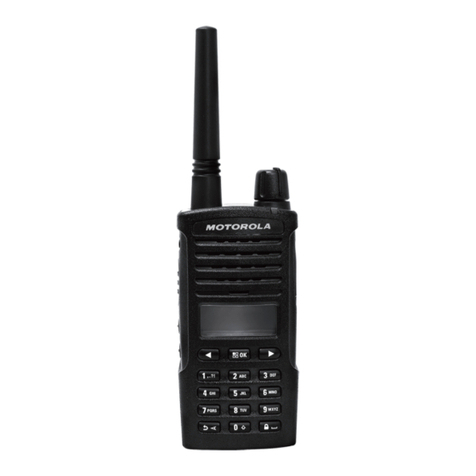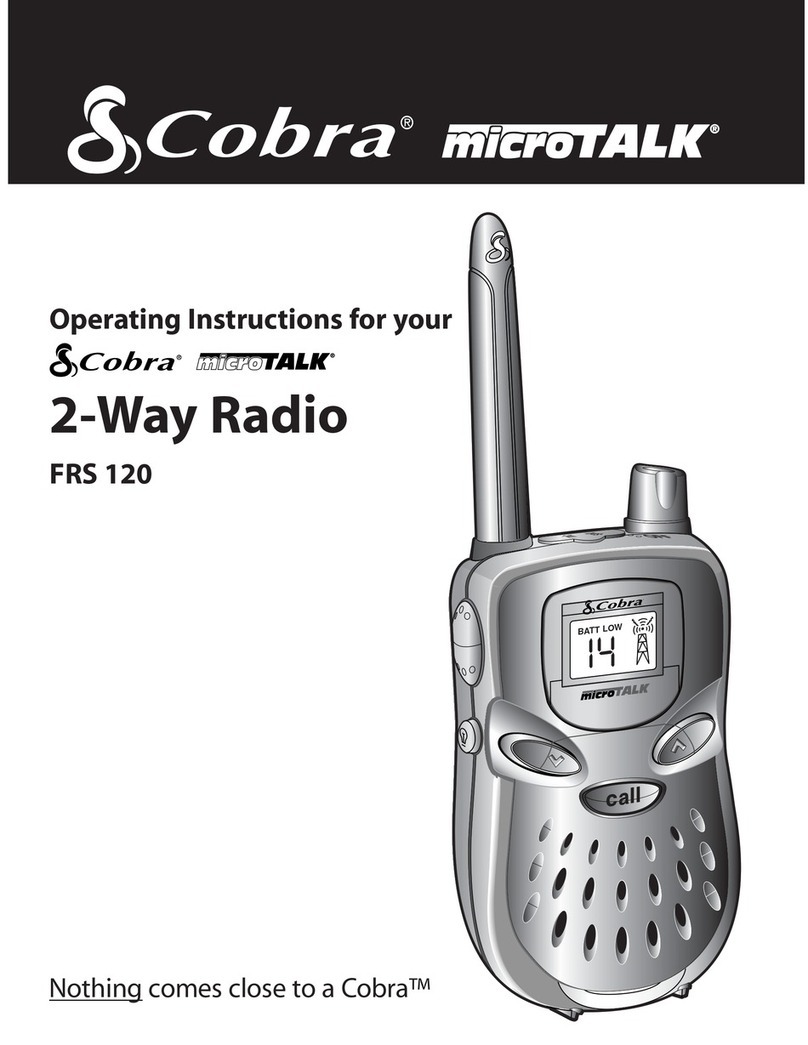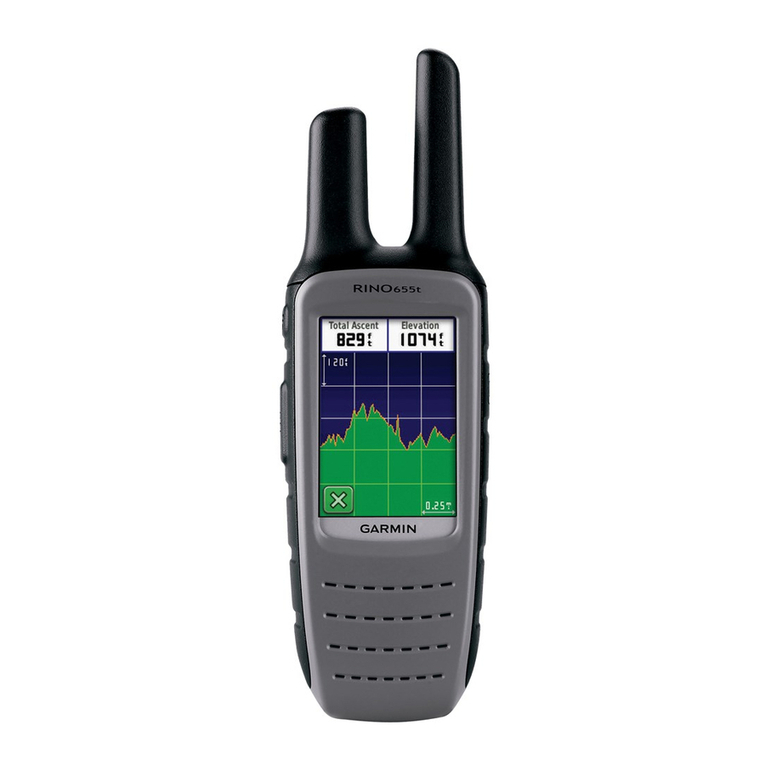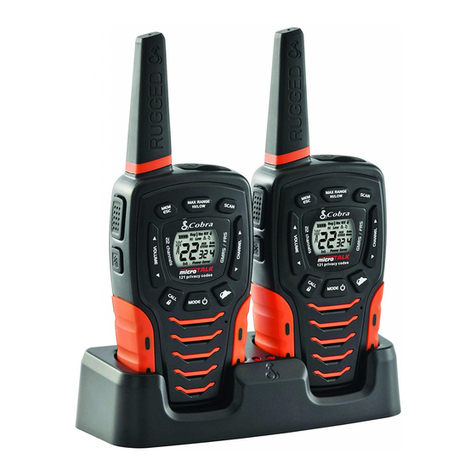
Contents
Chapter 1 Overview.................................................................................................................................................................... 1
1.1 Range of Application.......................................................................................................................................................1
1.2 Safety Precaution.............................................................................................................................................................1
1.3 Maintenance Service....................................................................................................................................................... 1
Chapter 2 External View and Keys......................................................................................................................................... 1
2.1 External View.....................................................................................................................................................................1
2.2 Programmable Keys........................................................................................................................................................1
2.3 LED Indicator.....................................................................................................................................................................2
Chapter 3 Basic Operation....................................................................................................................................................... 1
3.1 Powering On/Off............................................................................................................................................................... 1
3.2 Selecting a Channel.........................................................................................................................................................1
3.3 Adjusting Volume.............................................................................................................................................................1
3.4 Initiating a Call.................................................................................................................................................................. 1
3.5 Receiving a Call................................................................................................................................................................1
3.6 Calling Back.......................................................................................................................................................................1
Chapter 4 Circuit Description.................................................................................................................................................. 1
4.1 Circuit Diagram of Main Board..................................................................................................................................... 1
4.2 RF Circuit Diagram.......................................................................................................................................................... 1
4.3 Baseband Circuit Diagram.............................................................................................................................................1
4.4 TX Circuit............................................................................................................................................................................2
4.5 RX Circuit........................................................................................................................................................................... 2
4.6 Power Section...................................................................................................................................................................3
4.7 IC Description................................................................................................................................................................... 3
4.7.1 Features of AT1846S................................................................................................................................................3
4.7.2 Port Description of AT1846S................................................................................................................................. 4
4.7.3 Port Description of Master Chip LT1901............................................................................................................ 5
4.7.4 Feature Description of Semiconductor Devices.............................................................................................. 7
Chapter 5 Feature Description and Parameter Setting.....................................................................................................1
5.1 Stun, Revive and Remote Monitor...............................................................................................................................1
5.2 Scan..................................................................................................................................................................................... 1
5.3 Zones...................................................................................................................................................................................1
5.4 Setting................................................................................................................................................................................. 1
5.5 TOT (Time-Out-Timer)..................................................................................................................................................... 2
5.6 Emergency Alarm.............................................................................................................................................................2
5.7 Settings...............................................................................................................................................................................3
5.8 Upgrade.............................................................................................................................................................................. 3
Chapter 6 Assembly and Disassembly................................................................................................................................. 1
6.1 Installing and Uninstalling the Battery.......................................................................................................................1
